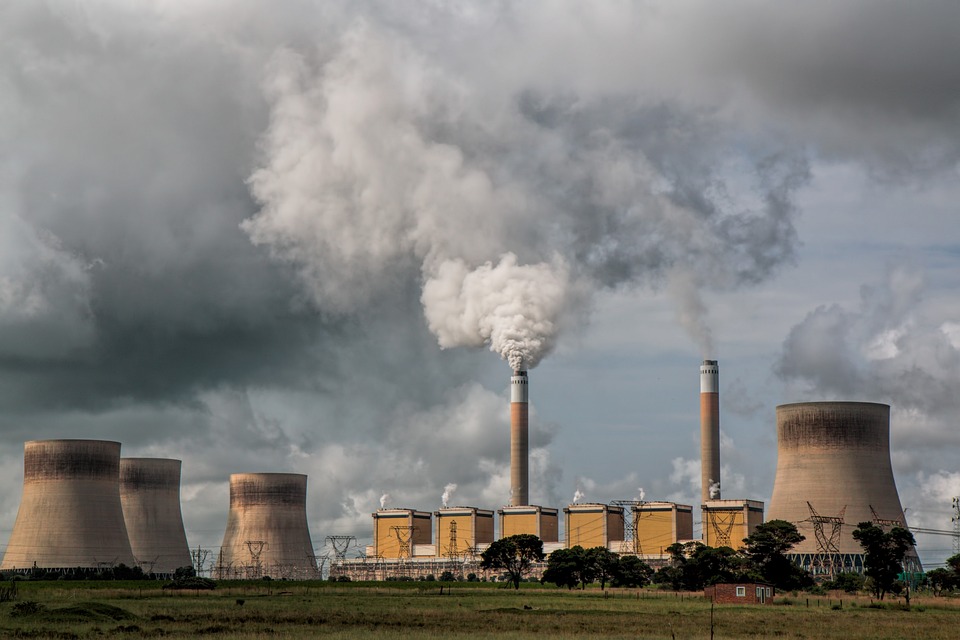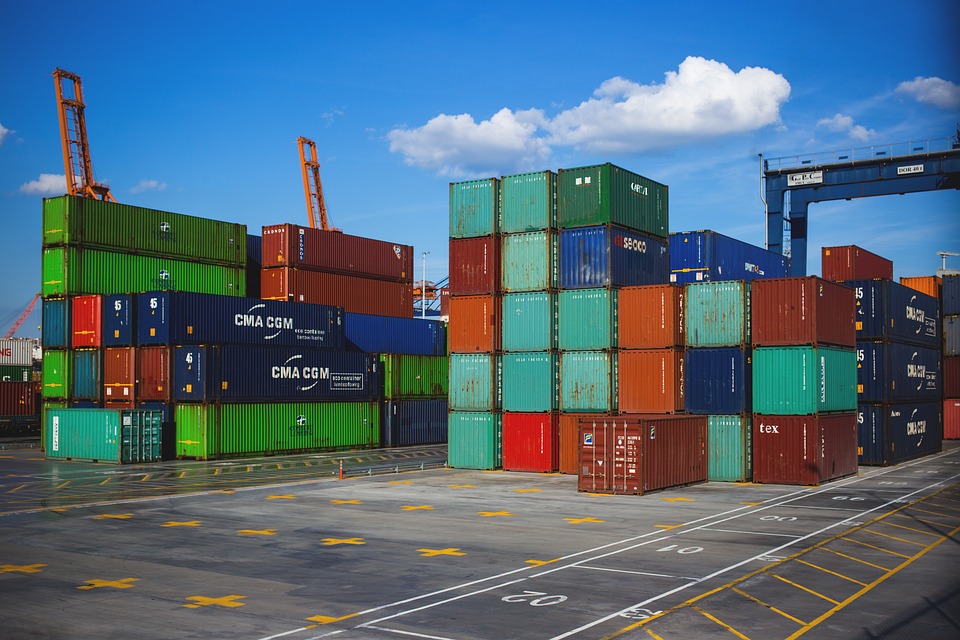Almost 20% of Swiss Buildings Heated By Heat Pumps
The Swiss Federal Statistical Office reported that, in 2021, there were 1.77 million residential buildings and 4.69 million dwellings in Switzerland. Of them, 58% were heated by fossil fuels such as oil and gas while 17% were equipped with heat pumps. The share of the latter has quadrupled since 2000. In terms of the population,one person in four had gas heating.
Heat Pumps Revitalize HVAC&R Industry — Report on Chillventa 2022
Chillventa kicked off in Nuremberg, Germany, on October 11, 2022, and this was the first face-to-face event in four years. Leading manufacturers in the heating, ventilation, air conditioning, and refrigeration (HVAC&R) industry returned with their latest products and technologies to the exhibition stage in the beautiful old city with its colorful trees.
Efficient Key Components
Demand for efficient HVAC&R systems is further growing in Europe, in order to address soaring energy prices due to the energy crisis on one hand, and stricter energy efficient standards such as Ecodesign aiming at decarbonization on the other hand. In order to increase the efficiency of the whole system, major HVAC&R component manufacturers have been actively developing high-efficiency compressors, heat exchangers, and various types of electronic control equipment, adopting novel technologies. Taking compressors for example, high-efficiency inverter compressors, magnetic-bearing screw and centrifugal compressors, and gas-gearing centrifugal compressors were showcased at Chillventa 2022. Some of these compressors have already delivered substantial energy savings to process cooling, transport air conditioning, heat pumps, and other HVAC&R sectors.
Ventilation Growth in Line with IAQ Demand
Demand for ventilation is reportedly showing unprecedented growth, due to increasingly strict requirements for healthy indoor air quality (IAQ) during the prolonged pandemic period and new demand from the medical, data center, and heat pump sectors. In this context, various fans were introduced at Chillventa 2022. However, in the context of this rapidly increasing demand, fan manufacturers tend to experience poor inventory, due to semiconductor supply shortages and other factors.
Booming ATW Heat Pumps
With increased requirements for climate protection and energy conservation, and also an energy crisis due to the current Ukraine crisis, the European Union (EU) has committed to phasing out fossil fuel heating and promoting heat pump heating. In particular, air-to-water (ATW) heat pumps have become one of the best solutions for domestic heating in Europe.
According to database, the European ATW heat pump market reached 1.09 million units in 2021, a year-on-year increase of 46.1%. The European market scale is expected to expand to 3 million units by 2025.
Backed by these trends, a wide range of ATW heat pumps covering from residential, commercial to industrial applications were in the limelight at Chillventa 2022. Most of the leading air conditioner manufacturers from Japan, South Korea, and China as well as smalland medium-sized European manufacturers exhibited products related to ATW heat pumps.
Refrigerants for ATW Heat Pumps — What Are Our Goals?
The decarbonization target has accelerated the use of lower global warming potential (GWP) and natural refrigerants. At Chillventa 2022, there were larger numbers of exhibited products adopting such refrigerants.
As for compressors, manufacturers are launching new models of reciprocating, rotary, scroll, screw, or centrifugal products using lower GWP and natural refrigerants.
Traditionally, ATW heat pumps in the European market mainly used R410A, which has a high GWP, but in the past few years, a shift to lower GWP refrigerant R32 has progressed smoothly, and it has become the mainstream refrigerant. Many R32 models of ATW heat pumps were also exhibited at Chillventa 2022. New R32 air-cooled chillers and reversible heat pumps were also introduced.
In addition, compressors and chillers that use hydrofluoroolefin (HFO) refrigerants with lower GWP values were exhibited.
Another highlight was propane (R290) ATW heat pumps, which generated a buzz at Chillventa 2022. Various models of R290 ATW heat pumps were introduced by many manufacturers such as small-to-medium-sized European manufacturers and original equipment manufacturers (OEMs) from China. A Japanese manufacturer also exhibited its new R290 model of ATW heat pump as a sample display, and this model will be introduced in the European market soon.
In order to find out the reasons why the number of R290 ATW heat pumps on display increased sharply this year, we interviewed some exhibitors.

According to these interviews, it was surmised that there are several factors behind this boom. A major factor is supposed to be the licensing system for hydrofluorocarbon (HFC) refrigerants under the F-gas Regulation. The regulation includes a phase-down of HFCs, under which the placing on the EU market of such gases is subject to quantitative limits. Since January 1, 2015, a quota is required for producers and importers placing at least 100 tons of CO2 equivalent of HFCs in bulk on the market in a calendar year. Since 2017, HFC pre-charged in refrigeration, air conditioning, and heat pump equipment must also be covered under the quota system. This HFC quota allocation is decreasing in stages as shown in Fig. 1.
Furthermore, in the proposal for the next F-gas Regulation submitted by the European Commission (EC) in April this year, the objects covered by regulations for products filled with refrigerants with GWPs of 150 or higher were expanded from plugin room air conditioning and heat pump equipment alone by adding other self-contained air conditioning equipment. Its implementation date was also moved forward from January 1, 2028 to January 1, 2025, by three years. If the proposal passes next year’s ballot, manufacturers will have a very short period of about one year to develop products that comply with the new regulations.
Moreover, in Europe, besides the F-gas Regulation, the restriction of the use of perand polyfluoroalkyl substances (PFAS) under Registration, Evaluation, Authorization and Restriction of Chemicals (REACH) is being considered. If this regulation is implemented, the use of HFOs and their blends will become difficult. In that case, it is assumed that the alternative refrigerants with GWPs of less than 150 will be limited to natural refrigerants.
Under these circumstances, manufacturers who are concerned about future reductions in HFC quotas, who already have low quotas at the moment, or who are trying to quickly respond to regulations concerning refrigerants with a GWP of 150 or more selected R290 refrigerant among the suitable refrigerants for ATW heat pumps, resulting in the large number of R290 models exhibited at this year’s Chillventa. Certainly, there is a high probability that future ATW heat pumps will adopt natural refrigerants with lower GWP values such as R290.
However, R290 is a flammable refrigerant with an A3 classification according to the ASHRAE Standard 34. There is no doubt that this combustibility is a big issue. Europe is one of the largest heating markets in the world, and structural changes in this large market will require not only technology but also time. Each manufacturer has conducted its own risk assessments and has implemented measures addressing R290 ATW heat pumps. However, considering that demand for them will increase in the future, a step forward will be beneficial, and the industry as a whole will accelerate the formulation of various rules, and support governments to develop infrastructures. The smooth development of the ATW heat pump industry is guaranteed by providing ATW heat pumps that are not only environmentally friendly but also safe and secure for users and everyone involved in manufacturing, sales, installation, and services. It is important for the industry to work together to address environmental issues, and at the same time, to work together to create standards and rules governing safety, and to aim for the rollout of products that are both green and safe.
A head of a European association commented that HVAC&R industry is facing the challenges of refrigerants and needs to proceed cautiously. It is estimated that it will take several years to prepare related regulations and to train engineers.
Which refrigerant should be used for ATW heat pumps? — This is a serious issue that must be carefully considered for the sound growth of ATW heat pumps, which are necessary tools for greenhouse gas emissions reductions, energy savings, and a shift to renewable energy.
Chinese Heat Pump Exports Grow by over 60% in the First Half of the Year
According to China Customs, from January to June.2022.China has seen its heat pump export volume reach 754,300 units, with the export value totaling US $584 million, growing by 65.6% year on year. In 2021, China has seen the export value of compressing heat pumps total US $779 26 million. Among them, heat pumps for swimming pools accounted for over 50%, with an export value from RMB 2.5 billion to 3 billion (about US$343.2 million to 441.9 million); and heat pumps for heating san their export value range from RMB 1 billion to 1.5 billion (about US$137.3 million to 206 million); and heat pumps for hot water saw their export value range from RMB 800 million to 1 billion (about US$1098 million to 137.3 million). It is expected that this year will see the total export value of heat pumps reach between RMB 8 billion and 10 billion (about US $1.10 billion and 1.37 billion).
The strong growth in heat pump exports was attributed to the following two reasons. Firstly, the global low carbon and environment stewardship concept has penetrated the market, serving as an important growth engine for heat pump scale expansion, and many countries released bills to directly or indirectly boost the scaled application of heat pumps; secondly, the energy crisis caused by the war in Ukraine and the ongoing increase in natural gas prices have fostered an energy structure transformation, enhancing the value of heat pumps as a replacement solution.
For more information, please click to learn more: https://www.ejarn.com/index.php
Post time: Nov-29-2022














